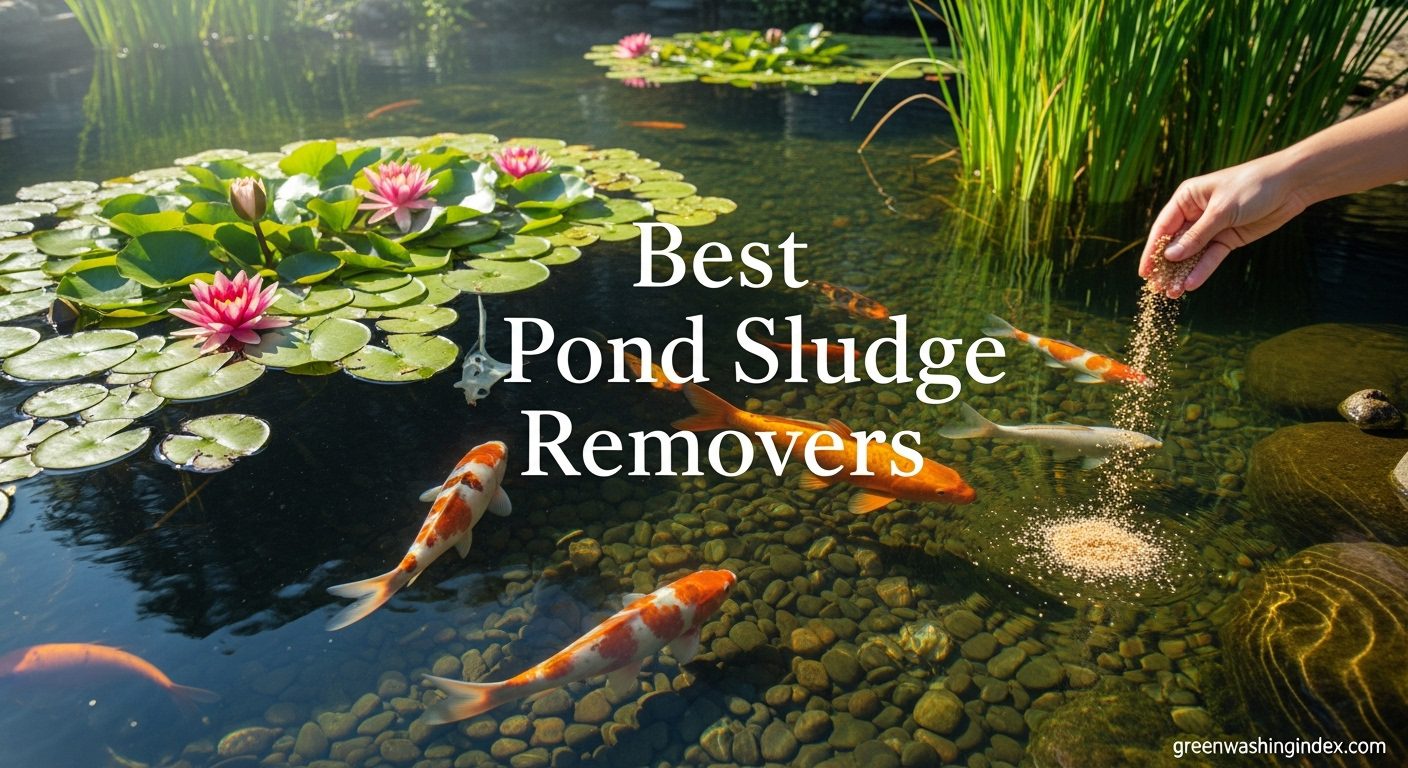
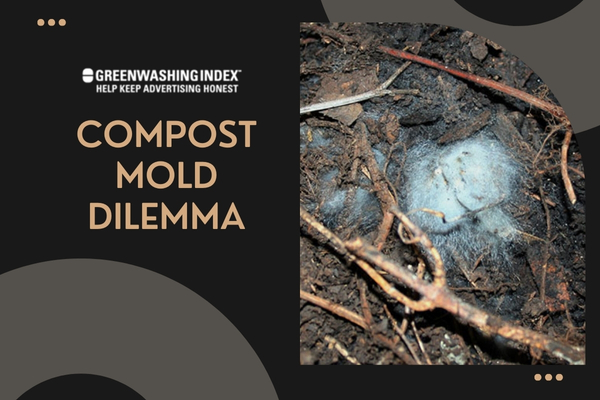
Composting is a transformative process that turns organic waste into nutrient-rich soil, but encountering mold in compost can be unsettling. Many people worry when they see black mold in compost, fearing it signals a problem. However, compost mold is typically a natural part of decomposition, aiding in breaking down materials.
The role of mold—whether it’s the harmless white fuzz or the more concerning black spots—can empower composters to manage their piles effectively and ensure a thriving garden ecosystem. Embrace the mold; it’s nature’s way of recycling!
Mold plays a significant role in the composting process, contributing to the breakdown of organic materials and enhancing the microbial diversity within compost. While the sight of mold can be alarming, it is generally harmless and indicates a healthy compost environment.
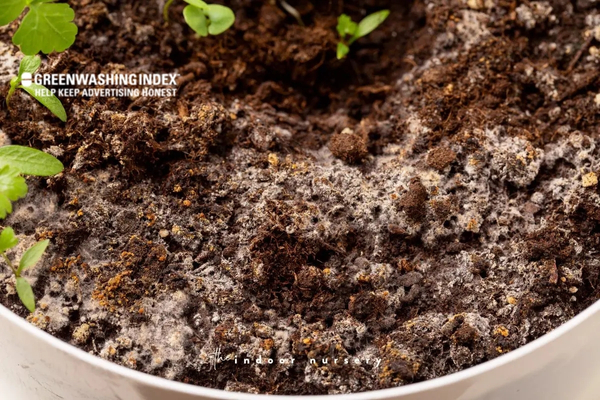
Various types of mold exist, each serving distinct purposes in decomposition. Understanding these molds can help composters maintain a balanced system and ensure effective waste recycling.
Understanding these molds helps composters manage their compost piles effectively, ensuring optimal decomposition and nutrient recycling.
Also Read: How to Start a Compost Pile: A Beginner’s Guide
Mold is a natural component of the composting process, playing a crucial role in breaking down organic matter and enriching the soil. While the presence of mold can sometimes be concerning, it typically indicates a healthy compost environment. Understanding the different types of mold and their functions can help composters manage their piles effectively.
Below are key points regarding compost mold, its benefits, and how to maintain a balanced compost system.
Best Practices for Management:
By recognizing the role of mold in composting and implementing these management strategies, composters can create a thriving ecosystem that enhances soil health.
People often ask me if the mold found in their compost could be bad for them or our planet; here’s what you need to know:
In simple terms? A well-maintained composter creates an environment where harmful effects from molds are minimal because bacteria usually take over before anything risky builds up.
So next time someone mentions seeing some fuzzy growth on their veggie scraps destined for the composter pot—I’d say don’t panic! Remembering these points can help us respect but not fear our microscopic friends working 24/7 on one magnificent task: turning yesterday’s waste into tomorrow’s growth potential!
Also Read: Composting Chicken Bones: Your Complete How-To Guide
When I begin a compost pile, my goal is to make it a home where mold can live and help break down organic matter. That’s right, mold in compost is not always my enemy; sometimes, it’s my helper. Here’s what I do to get things started.
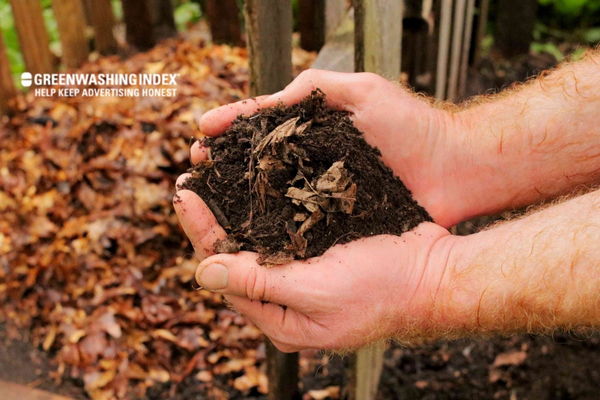
Now let me guide you through keeping your compost healthy by managing moisture, temperature, and air:
Remember, maintaining balance is key. Too much water heat or compacted materials without any air will lead to bad smells instead of good decomposition, So keep giving your pile love by watching these three things closely. You’ll know you’re doing it right when you see fluffy white or greenish threads. That’s your friendly neighborhood compost mold!
Also Read: Composting Orange Peels: The Hidden Truth
Mold in compost happens often. You might find it when you turn your pile or see it as white, green, or black spots. Some folks get worried about mold in their compost. I want to talk about how to handle it.

To keep mold at bay, balance is key. You want to have a mix of ‘greens’ and ‘browns’. Greens are things like fruit scraps, veggie bits, and coffee grounds. Browns are dry leaves, cardboard pieces, and straw.
Here’s what to do:
By keeping this balance, you’ll see less bad mold growth.
Another part of controlling compost mold is turning your pile. This means mixing everything up with a shovel or fork.
Here’s why and how you do this:
If you follow these tips on balancing and turning your compost pile, you shouldn’t worry much about the normal molds that pop up from time to time — they’re usually not harmful but just breaking down plant stuff into garden goodness!
Remember these suggestions: Balance greens with browns, chop stuff small if possible, and keep an eye on moisture, but don’t let it get too soggy or dry! Regularly turning helps, too – so those molds don’t take over!
By managing things this way, most molds won’t be troublemakers in your backyard heap!
Also Read: Composting Onions: Unearthing the Truth and Squashing Myths
When I’m out in my garden, working on my compost, I sometimes see different kinds of mold. You know, mold is part of the composting process. But some molds can be bad for the compost and for me, too. So, how can you tell which molds are okay and which ones aren’t? Let’s dig into that.
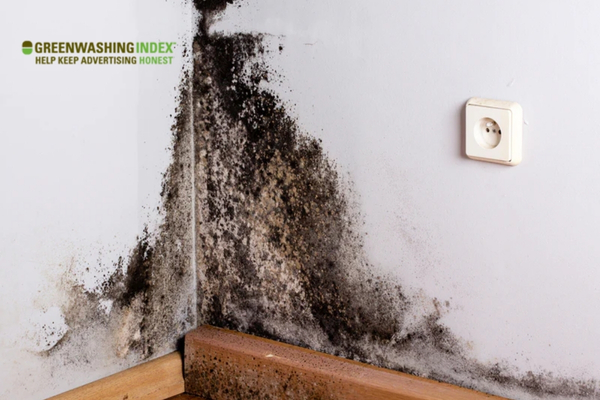
First off, most times when you see mold in compost, it’s just doing its job—breaking things down. These molds come in all sorts of colors, like white, green, or even yellow. They look fuzzy or powdery, and they’re usually nothing to worry about.
But there are some molds that aren’t so good for the health of your pile or your garden plants later on. Sometimes, these harmful molds might have a super strong, musty smell or look slimy.
Here’s what you should watch out for:
Remember this: if you touch it (always wear gloves!) and it feels sorta slick and icky – alarm bells should ring in your head!
Now, let’s talk about kicking those bad molds to the curb. We don’t want them ruining our hard work with our compost piles. Here’s what we can do:
By sticking with these simple methods, not only do I tell harmless fluffies from creepy crawlies, but I also keep my backyard happy without those grim, uninvited guest molds crashing my compost party. Protecting compost health isn’t rocket science—it’s about keeping an eye out and taking action when needed!
So next time you’re peering into that heap of future soil gold—remember these tips about mold management. Happy composting!
Also Read: Pineapple Composting: Your Ultimate Guide to Doing it Right!
When I see mold in my compost, the first thing I do is take a closer look. You know, mold isn’t always bad for plants, and it can actually be a part of a healthy composting process.
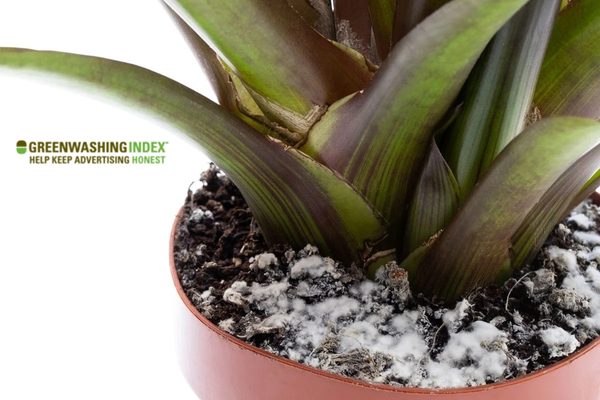
Now, if you want to use compost that has mold in it on your plants, let’s break down what you need to check:
Here’s what you should remember:
To Use or Not To Use: If, after looking at these points, everything seems alright (decent smell, no icky colors), then it’s generally safe to use the compost mold around your plants.
Mold in compost can be concerning, but it often plays a beneficial role in the decomposition process. Understanding the dangers associated with compost mold is essential; while most molds are harmless, some can indicate underlying issues in your compost pile.
Proper management, such as maintaining a balanced mix of “greens” and “browns,” helps mitigate potential risks. Regularly turning the compost not only aerates it but also promotes healthy microbial activity, reducing the likelihood of harmful molds. Ultimately, recognizing and addressing mold effectively enhances the composting experience and contributes to a thriving garden ecosystem.

Don't let aphids, slugs, and caterpillars ruin another plant. Take back control with simple, natural methods that actually work.